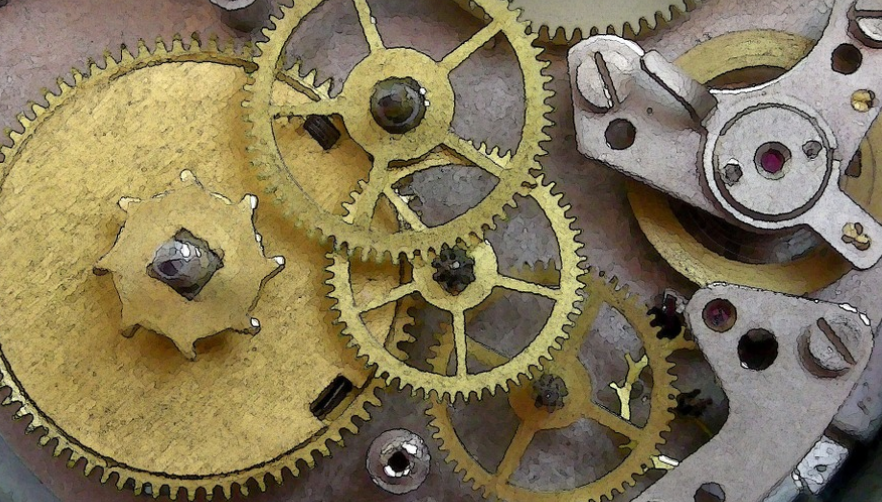A New Lens on Your Studies
Animal research is a cornerstone of scientific discovery, helping us understand everything from the human body to the complex ecosystems that surround us. But with so much information and data involved, it can often feel overwhelming! That’s where graphic organizers come in like superheroes, providing a clear structure for your research and ultimately making your studies more manageable.
Think of them as visual maps or blueprints for your animal research journey. They bring structure to the chaos, allowing you to organize complex information, make connections between different concepts, and really delve deeper into the nuances of your research. So, what exactly are graphic organizers, and how can they transform your approach to animal research?
At their core, graphic organizers are visual representations that help you analyze, understand, and connect information in a clear and structured way. They act like digital mind-maps, allowing you to see the bigger picture of your research even if it’s complicated.
Graphic organizers can be used for all sorts of aspects of animal research, from planning experiments to analyzing data and interpreting results. They work best when they are tailored to fit the specific needs of your research project.
**Let’s explore some popular graphic organizer types that will make your life easier:**
**1. Flowcharts**
These are like step-by-step instructions for a process, especially useful when you need to understand how different procedures work in tandem with each other in animal research.
For example, imagine you’re studying the effectiveness of a new medication on a particular animal model. A flowchart can show how the administration of the medication would affect various parameters such as blood pressure, heart rate, and weight gain.
**2. Mind Maps**
These are like visual brainstorming sessions, which provide a clear overview of all relevant information in one place. They’re especially helpful for visualizing the different research questions you want to address and connecting them to the animal model or the specific experiment.
For instance, in your mind map, you might start with “animal model.” Then, branches could emerge from there to show things like “specific species,” “experimental groups,” “control group,” “ethical considerations,” and “potential outcomes.” This allows you to explore different angles of your research at a glance.
**3. Venn Diagrams**
These are excellent for comparing two or more groups within your animal study. They provide a visual representation of similarities and differences, which can be great when working with multiple factors in your study, like comparing the effects of different diets on different physiological parameters.
For example, you could try to understand how diet A and diet B affect body weight, heart rate, and metabolic efficiency by creating a Venn diagram. You’d see where they overlap and highlight the differences.
**4. Concept Maps**
These are like visual encyclopedias for your research topic, connecting different concepts and ideas in your study. For instance, if you’re investigating the impact of environmental stress on animal behavior, a concept map could show how different factors contribute to stress, from physical stimuli (noise pollution) to social dynamics.
It would help you understand connections like “stress” affecting “behavior” and “behavior” impacting “immune response.” This can make your research more comprehensive.
**5. Data Tables**
These are the unsung heroes of the animal research world, used to present data in a clear and organized way. They’re crucial for analyzing quantitative information like body weight, blood pressure, or heart rate after different treatments or interventions. You can use them to display graphs, tables, and charts easily. This makes it easy to see trends, make comparisons, and draw conclusions from your data.
**Why Use Graphic Organizers in Animal Research?**
Using graphic organizers offers numerous benefits for animal research:
* **Enhanced Comprehension:** They simplify complex information, making it easier to understand the bigger picture of your research. * **Improved Organization:** They act as a visual roadmap for your data and research process, keeping you on track and organized.
* **Clearer Connections:** They highlight connections between different aspects of your study, aiding in identifying potential gaps or unexpected trends.
* **Greater Communication**: Presenting information visually is appealing to many audiences and can help you communicate your research findings more effectively.
**Tips for Success**
Implementing graphic organizers successfully requires a bit of planning and practice. Here are some tips to make the process smoother:
* **Choose the Right Organizer**: Identify which type of organizer best suits your needs based on your research question, data type, and desired outcome.
* **Start Simple**: Begin with basic organizers if you’re new to this method. As you gain familiarity, you can gradually explore more complex options.
* **Be Consistent**: Use the same organizer for all relevant aspects of your study to ensure continuity and clarity in your workflow.
* **Use Visual Aids**: Enhance the impact of your organizers by incorporating visuals like graphs, charts, or even images. This can make your findings more engaging and easier to understand.
* **Don’t Be Afraid to Experiment**: Try different organizer styles, formats, and approaches until you find one that resonates with you. The best option is the one that works for you.
* **Embrace Collaboration**: Working together helps! Collaborate with your peers or even a mentor who can help you refine your chosen method and explore further possibilities.
**Conclusion: Your Research, Your Way**
Graphic organizers are powerful tools that can unlock the full potential of animal research. They provide a clear structure for understanding complex information, exploring connections between ideas, and uncovering new insights into the world around us. With some practice, you’ll be able to unleash their power in your own animal research studies and discover the joy of visualizing your findings!


